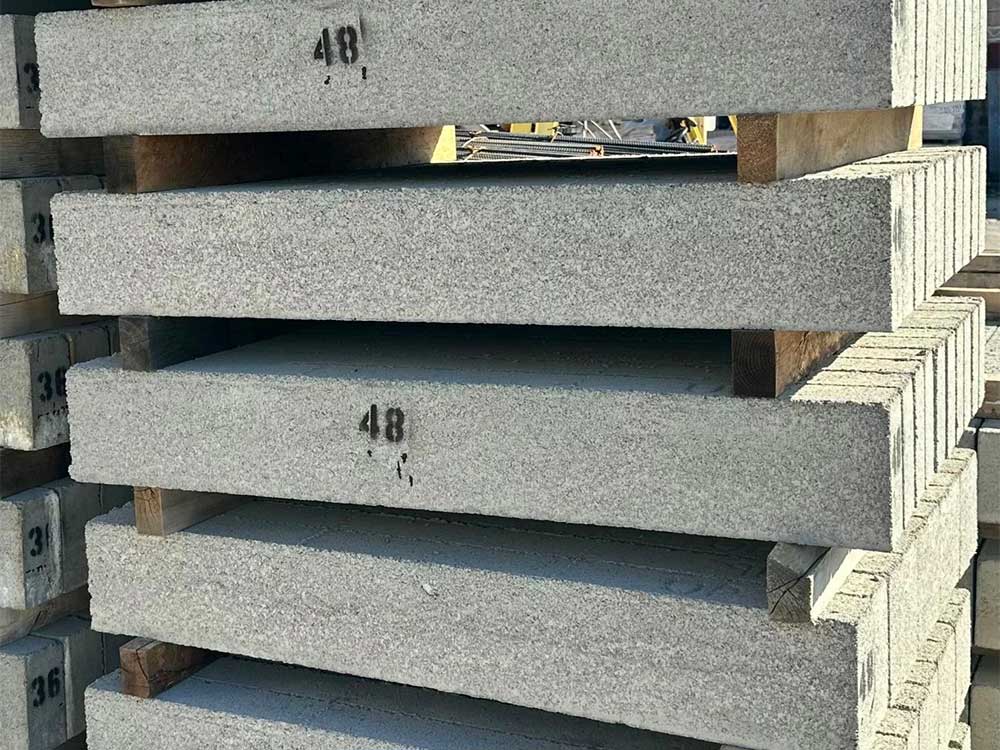Can You Install Rigid Foam Insulation Between Rafters? Here’s How To Do It
When considering ways to enhance your home’s energy efficiency, the question often arises: can you install rigid foam insulation between rafters? The answer is yes, but there are several factors and techniques to consider to ensure the job is done right. This type of insulation can significantly reduce energy costs and improve the overall comfort of your home, but it requires careful planning and execution.
Understanding the Benefits and Challenges
Rigid foam insulation is known for its high R-value, durability, and moisture resistance. Installing it between rafters can provide excellent thermal resistance, reducing the amount of heat transferred into or out of your home. However, this method comes with its challenges, such as ensuring a tight fit, maintaining ventilation, and meeting building codes.
Preparation and Measurement
Before installation, accurately measure the space between your rafters. These spaces can vary, so it’s crucial to measure every few feet. Rigid foam panels should fit snugly between the rafters. If the spacing is consistent, cut the panels to match the exact spacing for a friction fit. For varying spaces, cut the panels slightly smaller and use spray foam to seal any gaps.
Installation Tips
- Ensuring a Snug Fit: For a precise fit, you may need to customize each panel to the specific dimensions of each rafter cavity, considering that rafters may not be perfectly parallel.
- Staggering the Joints: When installing multiple layers, stagger the joints to minimize thermal bridging.
- Sealing for Efficiency: Seal all joints and edges with spray foam or special tape to prevent air leaks, which can significantly degrade the insulation’s effectiveness.
- Maintaining Ventilation: To avoid creating a “hot roof,” ensure there’s adequate ventilation above the insulation. This may involve maintaining space for air flow or installing vents at soffits and ridges.
Addressing Ventilation and Moisture
Ventilation is crucial to prevent moisture accumulation that can lead to mold and wood rot. Ensure there’s at least a 1-inch clearance between the insulation and the roof sheathing, and provide cross ventilation to allow condensation to escape. This setup helps in avoiding trapped moisture, which could otherwise lead to significant structural issues.
Navigating Building Codes and Safety
Building codes vary by location, so it’s essential to check local requirements, especially concerning fire resistance. In some cases, you may need to cover the foam with a fire-resistant material. Always prioritize safety and compliance to ensure that your insulation project doesn’t lead to future complications.
Considerations for Optimal Performance
While rigid foam insulation can offer substantial benefits, it’s not always the most cost-effective solution. Other options, like blown cellulose or batt insulation, might provide better value in some scenarios. However, for those committed to using rigid foam, careful installation and attention to detail can lead to nearly R-20 insulation value, significantly enhancing your home’s energy efficiency.
Rigid Foam Insulation Installation
Installing rigid foam insulation between rafters is a viable way to improve your home’s thermal performance. By following the right techniques and adhering to building codes, you can ensure a successful installation that provides long-lasting benefits. Remember, the key to maximizing insulation performance lies in meticulous installation and proper sealing to avoid air leaks and moisture problems. With these considerations in mind, rigid foam insulation can be an excellent choice for those looking to upgrade their home’s energy efficiency.

VP of Sales- Accessory DivisionMike Simon
Latest News
4 Features That Makes Masonry Supply Company Stand Out
A masonry supply company plays a crucial role in the success of construction projects, providing essential materials and expertise to […]

Choosing The Right Size Lintel For Your Project
Determining the correct size of a lintel is critical for the stability and longevity of your construction project. A lintel […]

Data Misses on Embodied Carbon
There is significant urgency to avoid, reduce, or even reverse the emissions of greenhouse gases (CO2e) to avoid the worst […]

4 Masonry Tools You Should Have At Home
Effective and efficient masonry work, whether for repairs or new projects, requires the right tools. At home, having a basic […]
